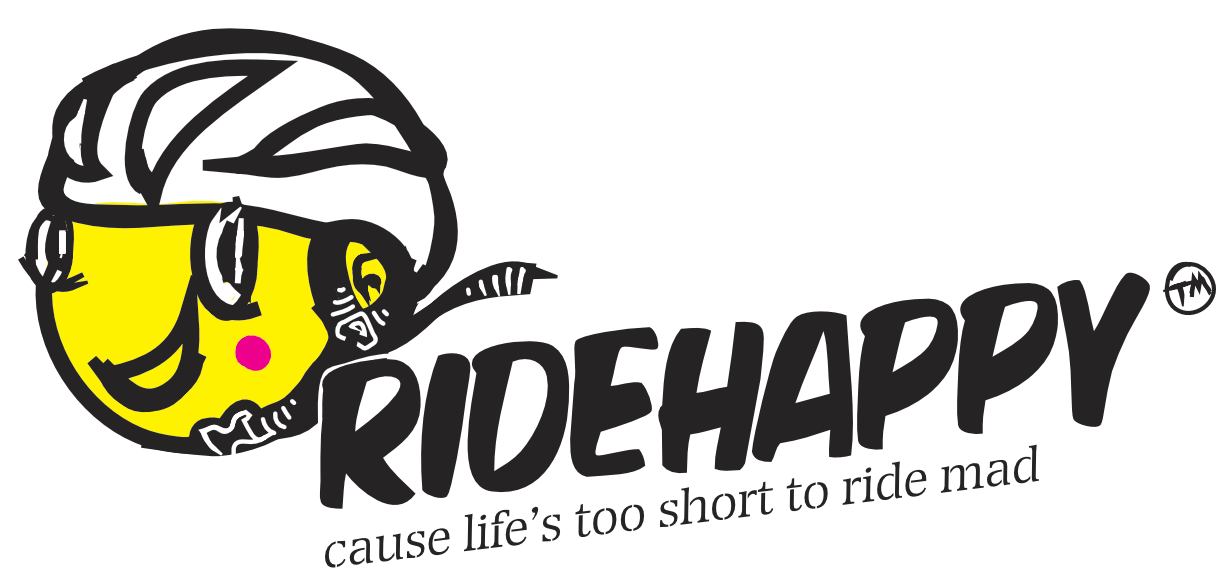BREAKING NEWS
Just as professional cycling seemed to be emerging from the dark shadow of doping in the 90s and 2000s, a new integrity challenge has emerged: mechanical doping.
Speaking at a hastily-convened press conference in Zolder, Belgium, UCI officials yesterday confirmed that it had uncovered evidence of mechanical doping during routine checks of rider bikes at the 2016 cyclocross world championships held over the weekend.
The news delivers a harsh blow to the UCI's Department for Uniformity of Nations against Corruption Events (DUNCE), who until recently were thought to be making progress on cycling's various integrity challenges. A DUNCE spokesman confirmed that the activity had taken them by surprise, "in much the same way as Oprah's Lance Armstrong special."
It appears that on Friday a rider had reported suspicious activity coming from the Paraguayan national team area during one of the designated practice sessions at the Zolder championships course. The exact activity was unconfirmed by the UCI, but several teams confirmed that Paraguayan national team coaches were sighted attempting what appeared to be the installation of a small monorail around the Zolder course. A subsequent search of the Paraguayan team van carried out by the UCI uncovered a number of rail tracks, cladding and small digging tools which experts later confirmed were appropriate for light rail construction. Paraguayan national team managers were unavailable for comment when contacted by Ride Happy, but cyclocross subject matter expert Lisa's Mum has provided the following insights in an addendum to her latest book, Committing to the Rut: A Short History of Technology in Cyclocross:
"'Committing to the rut' is a saying that best describes the confidence, agility and technical skill required in cornering on a muddy Belgian parcours. On a typical race day, thousands of wheels travel over the same corner on a race course. The constant traffic quickly wears a deep groove, or rut, into the fastest line going into the corner. To take that fast line, a rider must approach the rut quickly and, like a train, allow their front wheel to slot into the rut and carry the bike around the corner. The rut, carved by the thousands of wheels before it, is 33mm (tyre-width) wide and derailleur-height-deep. Taking the rut means a smooth, fast corner. If the wheel misses that rut, even by just a few millimetres, the rider will crash. Fast cornering, and therefore fast racing, requires commitment to the rut.
"European cyclocross racers are not renowned for their adaptability to technology. Half the professional field, for example, still uses cantilever brakes, on the premise that hydraulic disc brakes are the devil's work. However, their commitment to winning is unquestionable. If a rider is physiologically excellent, but wavers in their commitment to the rut, there is certainly merit in the argument that they will seek to achieve that commitment by alternate means."
It appears that Paraguayan national team management had intended to install small sections of monorail track on parts of a race course in order to give their riders an advantage over the rest of the field.
When approached with this hypothesis, Lisa's Mum had this to say:
"Paraguayan race courses, while beautiful, do not equip riders with the skills necessary for Belgian racing. 'Committing to the rut' is a common fear of Paraguayan racers, such that 'commitment phobia' is a diagnosed medical condition entitling an athlete to state-funded psychological treatment. It has been common knowledge for years that the technology for guerrilla monorail construction exists. Indeed, in the past five years several high-profile Paraguayan masters racers have been busted for monorail doping. It is only a matter of time before we see this technology infiltrate the professional peloton.
The news that mechanical doping is real and present in professional cycling threatens to undermine not only the UCI but also the hard work of microdosing drug cheats everywhere, who had previously held the primary advantage in the doping stakes.
In response, DUNCE has introduced a new mechanical passport, which professional teams will be required to submit as of March 2017. The passport tracks a rider's technological profile using parameters such as model of iPhone, brand of warm-up headphones and number of Instagram posts per day. Sharp fluctuations in a rider's technological profile triggers an alert to the UCI that the rider's predisposition to technological corruption has changed, which in turn prompts investigation by DUNCE.
"Mechanical doping is the new integrity challenge faced by professional riders everywhere," a spokesman for DUNCE explained. "Previously our belief had been that the mere presence of a competent mechanic could, in certain circumstances, constitute mechanical doping when racing against a field of hubbards with self-installed groupsets from ProBikeKit. This new discovery has put the UCI on notice that monorail construction, tragically, exists in CX, and is here to stay."


